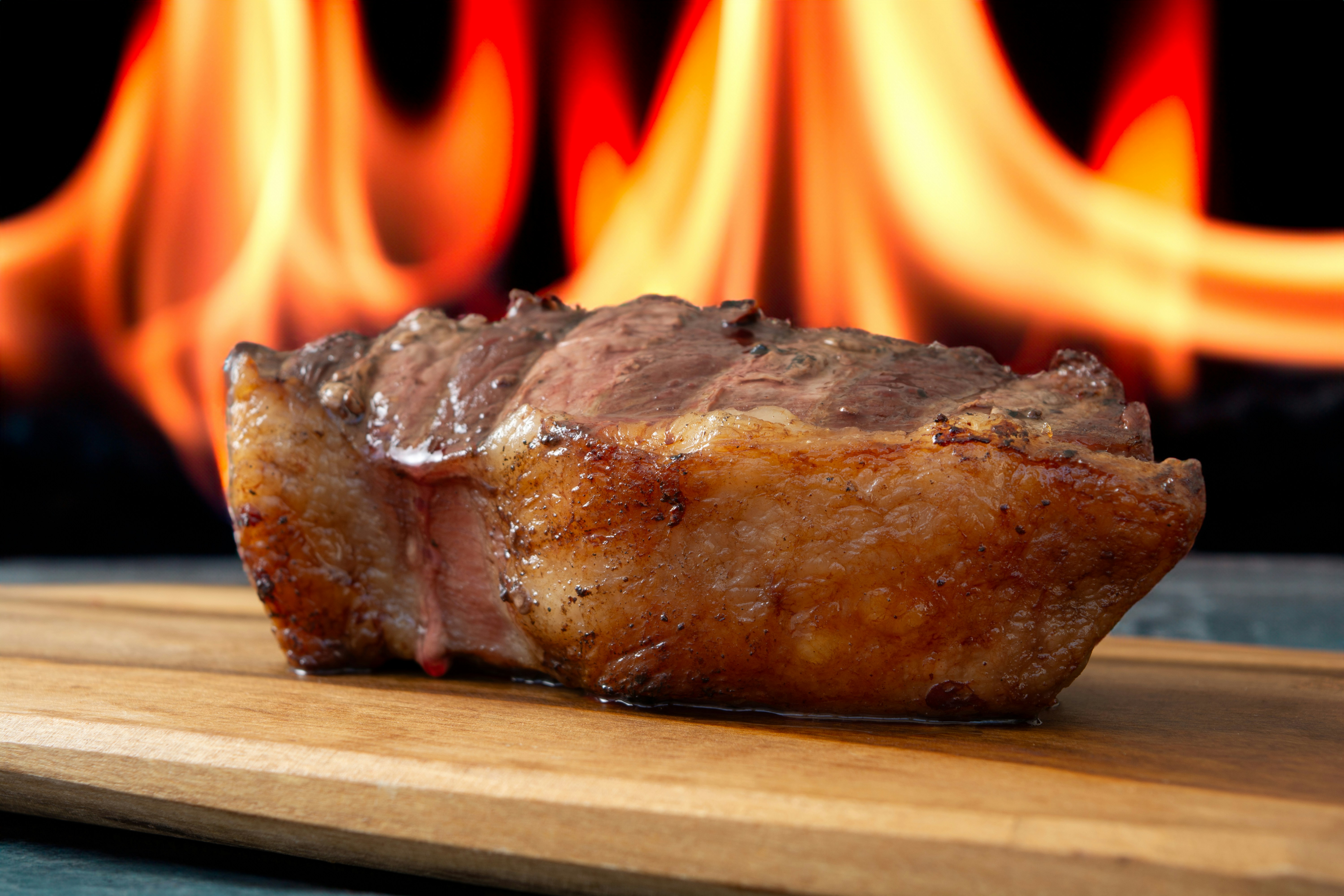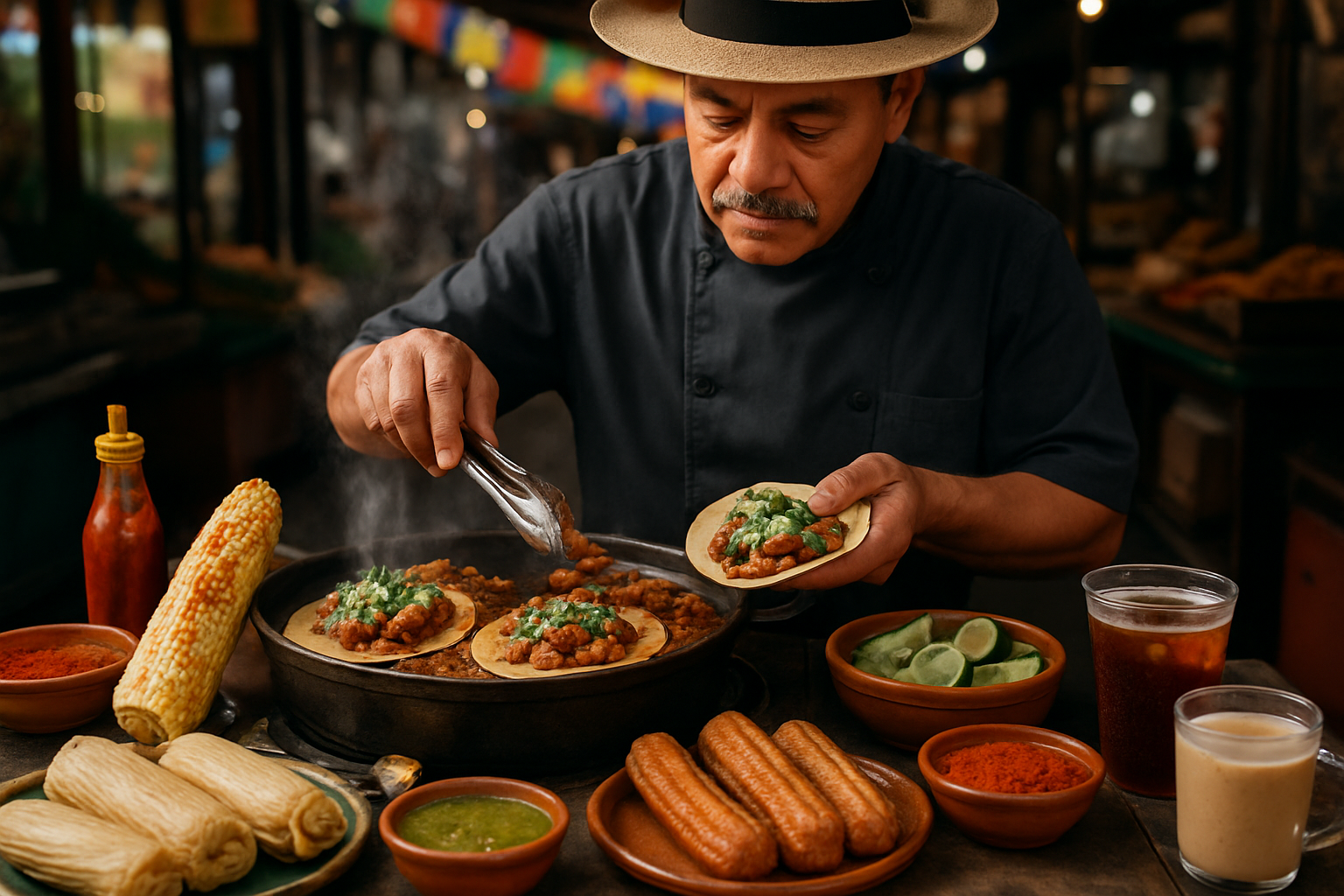Savoring the Flourishing Flavors of Australian Bush Food
In the vast, sun-kissed landscapes of Australia, a culinary revolution is quietly brewing. Referred to as Australian Bush Food, the indigenous cuisine offers an exciting blend of novel flavors, rich history, and untapped potential. In this article, we'll delve deep into this intriguing world and how it's gradually making its way into modern gastronomy.

A Journey Back in Time
Australia’s indigenous cuisine, also known as ‘Bush Food,’ has its roots in the country’s rich Aboriginal history. For thousands of years, Aboriginal tribes have thrived on the bountiful supply of native plants, fruits, seeds, and animals. They have mastered the art of sourcing and preparing these native foods, creating an array of dishes that are as diverse as the Australian landscape itself.
Embracing Bush Food in Modern Cuisine
Contemporary Australian chefs are now turning to the country’s native ingredients to add a unique twist to their dishes. Restaurants across the country are using ingredients such as macadamia nuts, finger limes, wattle seeds, and kangaroo meat to create culinary masterpieces. This resurgence of Bush Food in modern cuisine has not only piqued local interest but is also gaining international acclaim.
The Unique Flavors and Textures of Bush Food
The Australian Bush Food offers an array of unique flavors and textures that are a delight for the senses. The tart and tangy finger lime, often referred to as ‘lime caviar’, bursts with citrusy flavor. Macadamia nuts, with their buttery texture and rich, nutty flavor, are a favorite in both savory and sweet dishes. Wattle seeds, with their coffee-like aroma, are often used in baking and brewing.
The Nutritional Powerhouse of Bush Food
Bush Food isn’t just about unique flavors; it’s also a nutritional powerhouse. For instance, Kakadu plums, a native fruit, contain more Vitamin C than any other fruit in the world. Similarly, macadamia nuts are packed with heart-healthy monounsaturated fats. By incorporating Bush Food into our diet, we not only diversify our palates but also boost our health.
The Future of Australian Bush Food
With increasing recognition and appreciation of Bush Food, the future looks promising. There’s a growing movement to sustainable farming of native ingredients, which could contribute significantly to Australia’s agricultural sector. The potential of Bush Food extends beyond cuisine; it’s about preserving and celebrating Australia’s rich cultural heritage.
Dive Deeper into Bush Food
-
Bush tomatoes, with their tangy flavor, are great in sauces and chutneys.
-
The Illawarra plum, a native fruit, has a sweet, plum-like flavor and can be used in desserts or sauces.
-
Kangaroo meat, a lean and healthy protein source, is gaining popularity in Australian diets.
-
Indigenous Australian tribes use the nectar from certain native plants to make a sweet, refreshing drink.
In conclusion, the world of Australian Bush Food is a treasure trove of unique flavors, rich history, and untapped potential. It’s a journey of discovery that not only introduces us to new tastes but also reconnects us with the ancient wisdom of the Aboriginal people. As we continue to explore and embrace this native cuisine, we contribute to preserving Australia’s rich culinary heritage, while charting an exciting course for the future of food.




